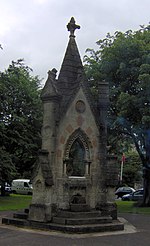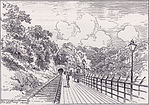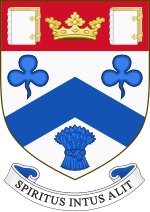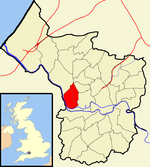Mansion House, Bristol
Buildings and structures in Clifton, BristolHouses completed in 1867Use British English from July 2024

The Mansion House is a municipal building on Clifton Down, Bristol, England. It is the official residence of the Lord Mayor of Bristol.
Excerpt from the Wikipedia article Mansion House, Bristol (License: CC BY-SA 3.0, Authors, Images).Mansion House, Bristol
Canynge Road, Bristol Clifton
Geographical coordinates (GPS) Address Website Nearby Places Show on map
Geographical coordinates (GPS)
| Latitude | Longitude |
|---|---|
| N 51.4608 ° | E -2.6252 ° |
Address
The Mansion House
Canynge Road
BS8 3LJ Bristol, Clifton
England, United Kingdom
Open on Google Maps











